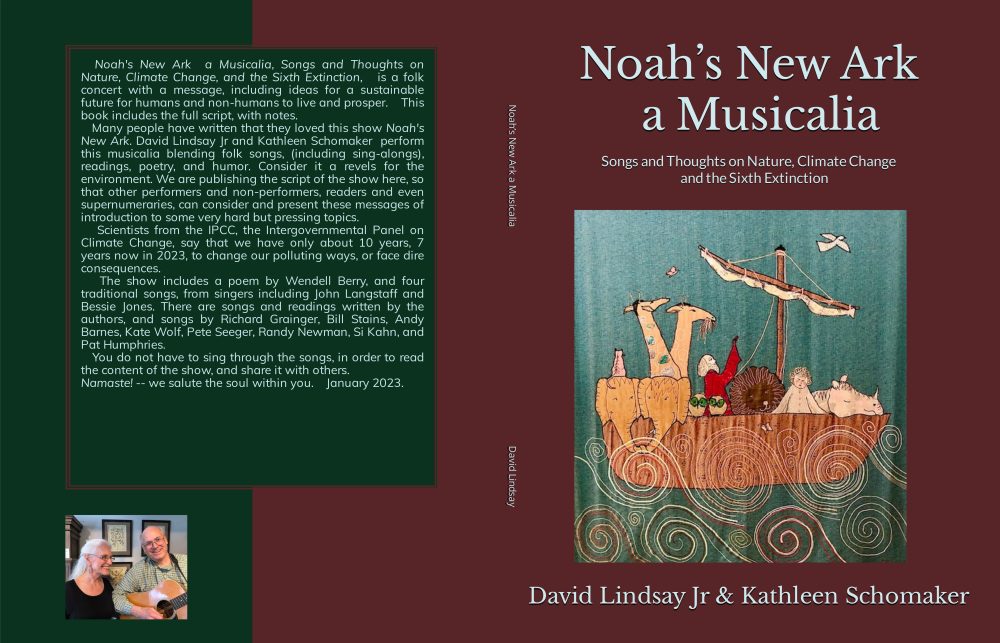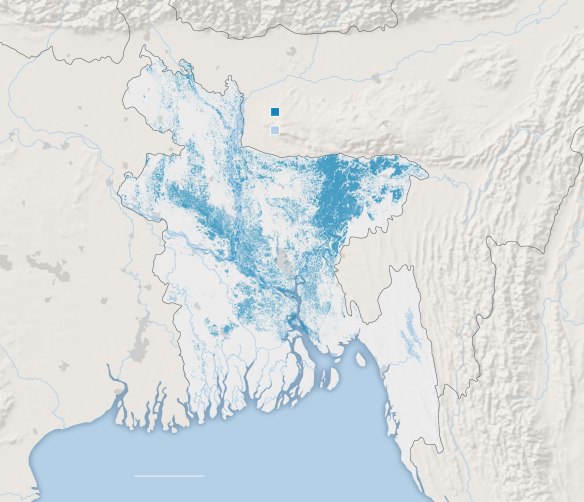Jacey Fortin reported from New Orleans and a string of small communities in southeastern Louisiana.
“First, the flowers and vegetables in Cherie Pete’s backyard in Venice, La., began to die. Then she had to take sweet tea off the menu at her roadside snack shop as saltwater coursed out of her faucets.
“There’s no way I’m serving that to my customers,” said Ms. Pete, 59. “I’m not making people sick.”
All through a sweltering Louisiana summer and into the fall, people in Ms. Pete’s corner of Plaquemines Parish, a marshy strip of land southeast of New Orleans dominated by fishing and the oil industry, endured salty showers and avoided drinking from the tap. Their water comes from the Mississippi River, which runs through the parish like a central nerve.
But this year, droughts in the Midwest sapped the thousands of tributaries that supply the Mississippi, weakening the river and allowing a wedge of saltwater from the Gulf of Mexico to creep dozens of miles upstream.”
nofb




